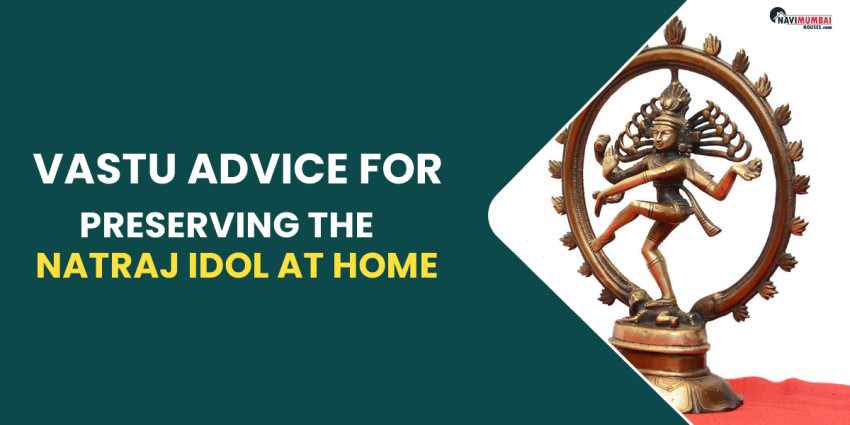
Natraj, the "Head of Dance," is one more name for Master Shiva. Shiva's responsibilities as the universe's maker, preserver, and destroyer are tended to by Natraj, which also addresses the development of time. Here are some Vastu contemplations for keeping Natraj images at home. Nataraj, or the moving sort of Ruler Shiva, is an image of Shakti, or life energy, in Hinduism. The early portrayals of Ruler Shiva dropping can be tracked down in fifth and sixth century CE place of refuge workmanship. The customary standing bronze figure depiction became broad in the tenth century CE. In South India, the Natraj structure arose under the Chola time.
Is it substantial or not that you are looking for pads in tilak nagar?
As Natraj, this sign of Shiva changed into an indication of extraordinary power in Tamil Nadu (Master of Dance). In different places of refuge in South India, Shiva, the enormous skilled worker, is portrayed in metal or stone. Shiva is depicted as the beginning of all advancement known to mankind, and his last days dance watches out for the universe's rot. A curve of fire encompasses Natraj, demonstrating both the vainglorious fire that both consumes and makes commonly that as well as the case of life and passing. The Nataraj is a portrayal of the vainglorious dance of creation and obliteration consequently.
What watches out for the Shiva Natraj?
Shiva's signs as the universe's maker, preserver, and destroyer are partaken in Natraja, who likewise addresses time's never-ending cycle. The Tandava, where the universe is made, remained mindful of, and settled, is performed by Shiva as Natraj, for the most part called the "Head of Dance." Natraj, or the "Expert of Dance," is a blend of the words "Nata" (dance) and "Raja" (the Ruler).
A damaru, or the voice of creation, is held in Natraj's upper right hand. Agni, the fire that will consume the universe, is held in his upper left hand. He plays out the image that works with fear, abhay mudra, with his lower right hand. The little individual like animal under his right foot is apsmara purusha, who tends to the indecencies and carelessness of humanity. Shiva's raised left foot, which is included by his lower left hand, addresses a safeguarded house for the confounded soul.
His hair flies to the sides while he moves, keeping an eye on him as a plain as opposed to a housewife. Going before finding salvation, one should persevere through an endless illustration of birth and ruin, as kept an eye on by the external circle of fire. The inner ring of water, which watches out for Ganga, addresses the ability to wash away all offenses. Kundalini, the Shakti and brilliant power recognized to live inside everything, is kept an eye on by the snake around his neck and lower arm.
Shiva tends to the relationship of male and female, known as Ardhanarishwar, by wearing a male stud (a kundala) in his right ear as well as a female circle (a valika kundala) in his left ear. Discontinuous change is kept an eye on by the bow moon.
Shiva's dance can be distributed two fundamental styles: Lasya, which is a sensitive dance related with creation, and Tandava, which is a hazardous dance related with obliteration. Both have importance in Hindu legends, with tandav suggesting Shiva's rage and lasya meaning his happiness. One of Indian culture's most revered iconographies is that of Natraj.
Is keeping Natraj's figure at home adequate?
Changed individuals have various assessments about remaining mindful of Natraj's godlikeness at home. Most of Vastu specialists are against having Natraj's eternality inside the home. An image or picture of Natraj ought not be kept there of mind since, as per Vastu; this sign of Shiva is associated with Tandav, or pulverization.
Hindu carvings and the Vedas show Master Shiva in the Natraj present, which is a portrayal of Shiva moving shock. Regardless of what its enchanting appearance, Natraj is a representative picture of Shiva's furiousness; subsequently it is ideal to try not to have it there of mind at home. You can in any case hold it, regardless, and use it in your home. Ensure the Natraj picture seems, by all accounts, to be serene and cheerful instead of serious strong regions for showing up of fury.
As indicated by Vastu, where should the Natraj picture be put at home?
As a sign of Master Shiva, Ruler Natraj can be set in the Upper east (Ishanya) of the home, which is where Ruler Shiva lives. Promise you essentially stay mindful of the Natraj image and similar brilliant animals or astonishingly other Shiva figures. Never set Natraj on the ground; dependably put him on a table or even a stage (for colossal puppets).
Which picture of Ruler Shiva might it at some point be truly brilliant for me to keep at home?
One ought to consider the position while picking a Shiva shape. The figure of Shiva in an organized position tends to the thinking about Shiva, or the quiet solid areas for yet of Shiva. The subject of Moving Shiva is energy flood. Try not to keep this development at home since being Shiva's areas of strength for most is thought. Shiva radiates an impression of being tranquil and peaceful as he contemplates. Hindus recognize that putting a model of Ruler Shiva and his better half Parvati together advances delight and elation. Regarding them together will accomplish a merry and prosperous private presence. Expert Shiva with a grin clearly is good and ought to be remained mindful of at home to make congruity.
Never have a model or depiction of Ruler Shiva remaining at home. Shiva ought to be organized in the north, where he is quiet and in assessment. It is also made a point to be ideally suited for Shiva to sit on the Nandi. Ensure the Shivalinga features the north tolerating you keep one. Keeping basically a single more unassuming than standard Shivalinga at home is incited by vaastu informed specialists.






